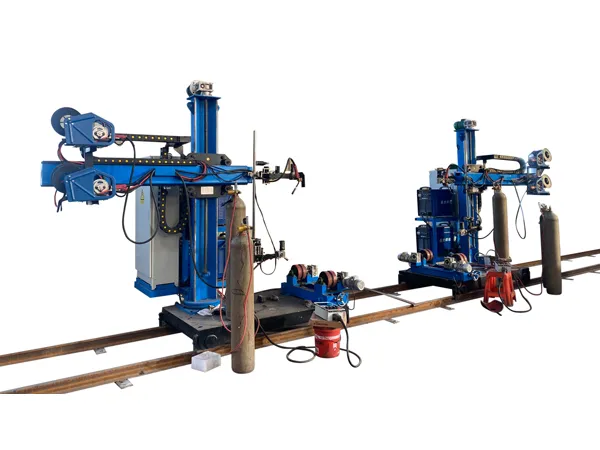Welding manipulators are essential pieces of equipment in automated and semi-automated welding operations, designed to provide precise control over welding torches for consistent and high-quality welds. Однако, like all industrial machinery, welding manipulators are subject to wear, mechanical failures, and electrical issues over time. Knowing how to diagnose and repair a welding manipulator is crucial for maintaining production efficiency, ensuring workplace safety, and minimizing downtime.
Repairing a welding manipulator involves diagnosing common mechanical, electrical, and welding-related issues.
Welding Manipulator Repair

1. Определите проблему
Before starting repairs, observe symptoms to narrow down the issue:
Механические проблемы: Jerky movement, смещение, excessive vibration, или необычные шумы.
Электрические проблемы: Сбой питания, motor not responding, or erratic control behavior.
Welding Issues: Poor arc stability, inconsistent wire feed, or irregular torch movement.
2. Common Repairs & Решения
А. Mechanical Repairs
Check Rails & Guides
Issue: Misalignment or wear causing jerky movement.
Причины:
Clean and lubricate linear guides.
Adjust or replace worn-out rails/bearings.
Inspect Drive Mechanism
Issue: Faulty gears, ремни, or chains.
Причины:
Tighten or replace loose/damaged belts/chains.
Grease gears or replace if teeth are worn.
Столбец & Boom Stability
Issue: Excessive vibration or wobbling.
Причины:
Tighten bolts and structural joints.
Check for cracks in the boom and repair with welding if needed.
В. Электрический & Motor Repairs
Motor Not Running
иначе могут возникнуть проблемы:
Power supply (fuses, выключатели, Напряжение).
Motor brushes (for DC motors) or windings (for AC motors).
…


